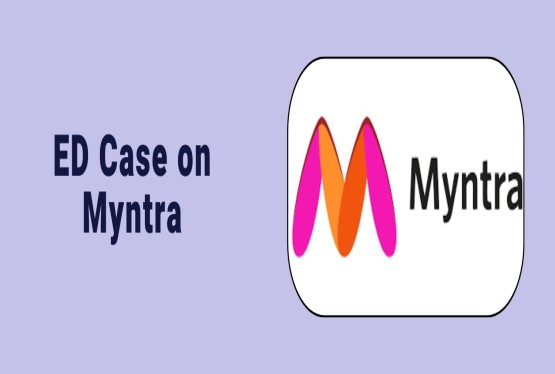For Indian exporters, whether dealing in goods or services, compliance is crucial when receiving payments from international buyers. One of the most essential documents in this process is the Electronic Bank Realization Certificate (eBRC). The eBRC in Export Payments serves as a digital proof that an exporter has received payment from a foreign buyer for goods or services exported out of India. It plays a vital role in claiming export benefits and ensuring regulatory compliance. In this article, we will explain everything you need to know about eBRC in export payments, including how to obtain it, why it matters, and how it links to AD Code and IEC registration.
What is eBRC in Export Payments?
An eBRC, or Electronic Bank Realization Certificate, is a digitally issued document provided by an exporter’s authorized bank after it confirms the receipt of payment in foreign currency against an export shipment or service. It confirms that the foreign buyer has paid for the export, and the bank has received the amount in the exporter’s account. Once generated by the bank, the eBRC is uploaded on the DGFT (Directorate General of Foreign Trade) portal, making it accessible for regulatory verification.
Earlier, exporters had to obtain a physical Bank Realization Certificate (BRC) from their bank and submit it manually to DGFT, which was a time-consuming process. In 2012, to simplify and digitize the process, DGFT introduced the concept of eBRC. Now, this process is entirely online, saving time and increasing efficiency for exporters.
Why is eBRC Important for Exporters?
The eBRC in export payments is not just a formality; it serves multiple purposes and holds legal and commercial significance for exporters. First and foremost, it is a mandatory document to claim export-related benefits provided by the Government of India under the Foreign Trade Policy. Exporters who wish to apply for incentives like MEIS (Merchandise Exports from India Scheme), RoDTEP (Remission of Duties and Taxes on Exported Products), SEIS (Service Exports from India Scheme), GST refunds, and duty drawbacks need to produce the eBRC.
Also, it acts as a compliance tool for tax authorities, financial institutions, and customs departments to verify that foreign exchange earned from exports has been received and accounted for. This improves transparency and accountability across the entire export ecosystem.
How Does eBRC Work?
The generation and functioning of eBRC involve coordinated steps between the bank and DGFT. Here is a simplified explanation of how the process works:
-
Once the exporter dispatches the goods or delivers the services, they raise an invoice and await the payment from their overseas client. After the bank receives the foreign currency payment in the exporter’s account, it issues a Bank Realization Certificate.
-
The bank then creates an XML file with complete transaction details of the export, including invoice number, payment reference, foreign currency received, exchange rate, and conversion into INR. This XML file is digitally signed by the bank using the DGFT-authorized digital signer.
-
The digitally signed file is uploaded on the DGFT portal. DGFT validates the uploaded information and sends an acknowledgment to the bank upon successful verification.
-
Once this verification is complete, the exporter can log in to the DGFT portal using their Import Export Code (IEC) and download the eBRC. This certificate remains accessible for the exporter to use in all further documentation or benefit claims.
How to Check eBRC Status on DGFT Website
The DGFT portal allows exporters to view and verify the eBRC status online. To do this, follow these steps:
-
Visit the official DGFT website and navigate to the "Services" section, where you will find the "eBRC" tab.
-
Click on the option "View and Print Your eBRC."
-
You will be directed to a page where you must enter your IEC and the IFSC code of your bank account linked to the export transaction.
-
Click the "Show Details" button to display a list of all eBRCs uploaded by your bank. From here, you can view the details and download your certificate.
How to Download eBRC from the DGFT Portal?
To download your eBRC, log in to the DGFT website using your user ID and password. Once logged in, go to "My Dashboard" and select "Repositories" from the dropdown menu. Under the "Bills Repositories" section, click on "Explore." From the "Select Bill" dropdown, choose "Bank Realizations (eBRC)." Enter the necessary search details like date range, invoice number, or shipping bill number. Click on the "Search" button. A list of matching eBRCs will appear. Click on the "Bank Realisation" hyperlink of the relevant eBRC and hit the "Print eBRC" button to download it.
How to Claim Export Incentives Using eBRC?
Export incentives offered by the government are calculated based on the Free on Board (FOB) value mentioned in the shipping bills and the actual payment received as confirmed in the eBRC. The DGFT evaluates both and grants the incentive based on the lower of the two values.
To claim these benefits, exporters must:
-
Submit shipping bills on ICEGATE (Indian Customs Electronic Gateway).
-
ICEGATE then shares these details with the DGFT.
-
Link the relevant eBRCs with shipping bills through the DGFT portal.
-
File the refund or benefit application by entering values for freight, insurance, and commission, which are excluded in the eBRC.
-
Ensure the bank has uploaded an accurate and error-free eBRC to prevent delays in receiving the incentives.
Why AD Code Registration is Important for eBRC and GST Refunds
An AD Code is a 14-digit Authorised Dealer code assigned by the bank, which must be registered at every customs port where the exporter ships goods. This code links the shipping bill, IEC, and bank account.
If the AD Code is not properly registered with customs or doesn’t match the bank account through which the payment is received, the bank won’t be able to upload the BRC. This disrupts the entire eBRC generation process, leading to delays in GST refunds and duty drawback claims. Hence, exporters must ensure that their AD Code is correctly registered with Customs and is consistent with the bank and shipping documentation.
Common Mistakes to Avoid While Handling eBRC in Export Payments
Many exporters face issues in eBRC generation due to some common but avoidable mistakes. These include:
-
Not registering the AD Code with the port of export.
-
Receiving export proceeds in a bank account not linked with the IEC.
-
Mismatch between shipping bill details and invoice or payment details.
-
Delay in submission of required documents to the bank for BRC issuance.
-
To avoid these errors, exporters should maintain accurate documentation, verify details before submission, and regularly coordinate with their bank.
Conclusion
The eBRC in export payments is one of the most essential documents for exporters in India. It not only certifies that payment has been received from international buyers but also acts as a legal proof for claiming government export benefits. It brings transparency, ensures regulatory compliance, and facilitates hassle-free tax filings.
To avoid delays or denials in receiving your rightful export incentives, make sure your AD Code is registered at the correct port, use the correct IEC-linked bank account, and coordinate with your bank to ensure timely and error-free uploading of eBRC data. By staying organized and updated, exporters can take full advantage of the benefits linked to eBRC and boost their global trade operations.
If you need any support in getting IEC, AD Code registration or any other certificates for export you can connect with Compliance Calendar LLP Experts through mail at info@ccoffice.in or Call/Whatsapp at +91 9988424211.
FAQs
Q1. Can I generate eBRCs for multiple bank accounts?
Ans. Yes, you can. But ensure each bank’s AD Code is registered at the respective port. Each bank will separately upload its realization data to DGFT.
Q2. Do service exporters also need eBRC?
Ans. Yes, exporters of services require eBRC to claim incentives such as SEIS and to apply for GST refunds.
Q3. How soon can I get eBRC after payment receipt?
Ans. Generally, banks issue eBRCs within 15 days of receiving the foreign payment. Delays can be avoided by submitting correct documents on time.
Q4. What should I do if my eBRC has incorrect information?
Ans. Contact your bank immediately to rectify errors. The bank can re-upload the corrected version to the DGFT portal.
Q5. Is eBRC required for each shipment?
Ans. Yes, eBRC is issued for each foreign exchange realization, and multiple eBRCs can be generated based on the number of payments received against various shipments.
Q6. Is IEC registration mandatory for eBRC generation?
Ans. Absolutely. IEC is a prerequisite as it is the primary identification for accessing the DGFT portal and linking your export transactions.












































































_crop10_thumb.jpg)







_Rules,_2025_learn_crop10_thumb.jpg)








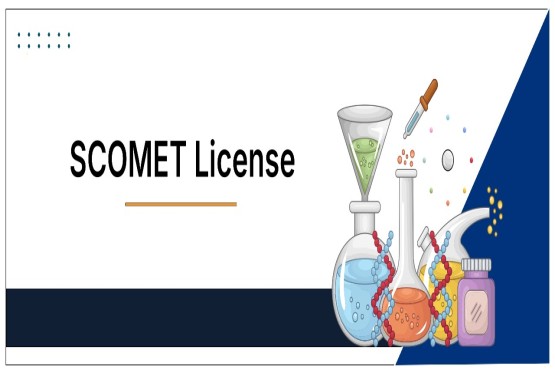



























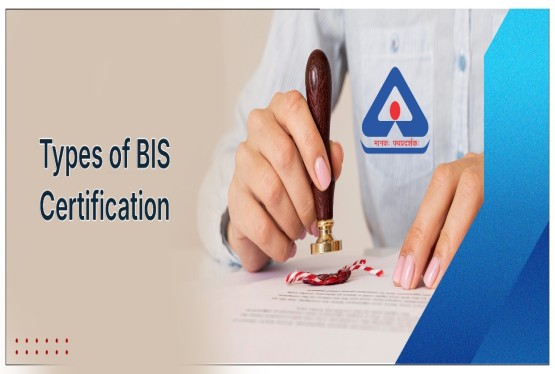

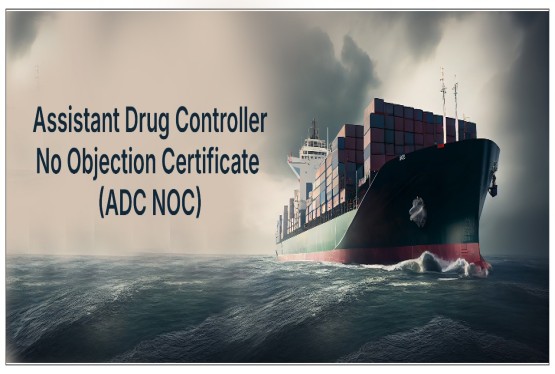






















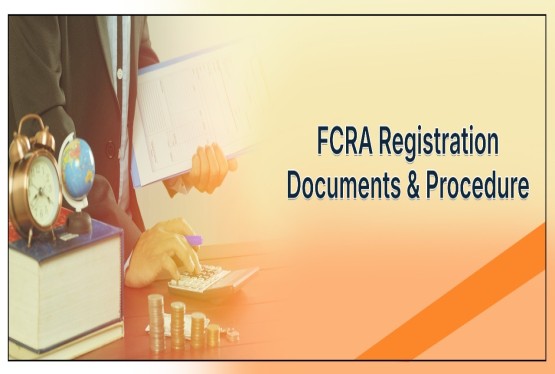


























_crop10_thumb.jpg)








 in BIS FMCS_learn_crop10_thumb.jpg)










_crop10_thumb.jpg)














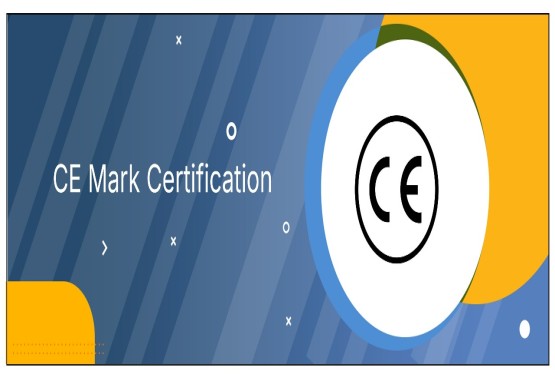
_crop10_thumb.jpg)





_Code C-888_learn_crop10_thumb.jpeg)
_learn_crop10_thumb.jpg)

































































_Certificate_learn_crop10_thumb.jpg)

_Certificate_(1)_crop10_thumb.jpg)

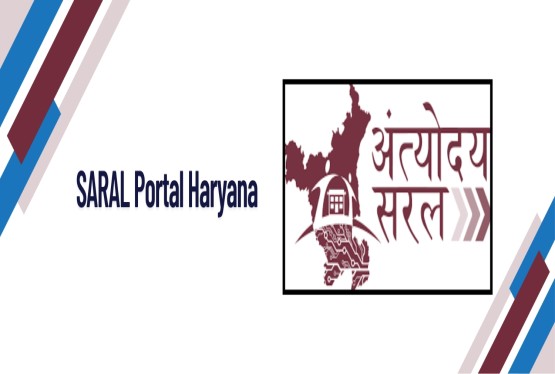




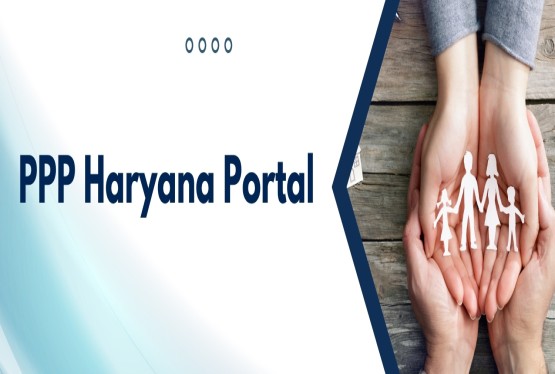








_learn_crop10_thumb.jpg)

_crop10_thumb.jpg)

















_Scheme_learn_crop10_thumb.jpg)


_learn_crop10_thumb.jpg)

